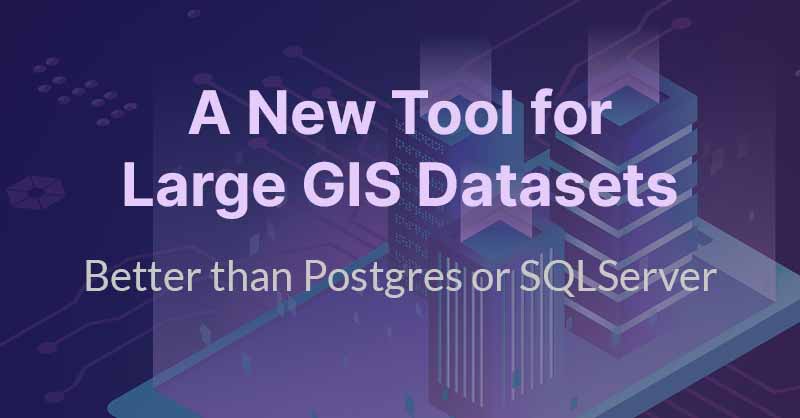Today, many GIS users jump out of their systems and use Postgres or SQLServer to run spatial queries on larger datasets. While this is a nice workaround, this approach is limited in both scale and ease of use. With Kinetica, the power of geospatial analysis, viewing, and query on large geospatial datasets can be used directly from ArcGIS. The powerful combination of Kinetica and ArcGIS provides access to decision-makers as well as analysts for ad hoc questions and deeper dives.
Comparison: Kinetica compared to PostGIS, GeoMesa, Apache Sedona
Background
Geographic Information Systems (GIS) platforms have undergone a number of technological changes, from mainframe to SaaS and from hierarchical network structures to relational databases. The core technology designed around points, lines, and polygons has adapted to new underlying technologies making them faster and more flexible. However, the major GIS systems are still fundamentally built on the same designs from the 1980s and 1990s. While new tools and interfaces have taken advantage of new innovations, GIS continues to focus on building, managing, and analyzing data with a geographic component.
Beyond the borders of the GIS market, rapid growth in hardware, databases, and development tools offers new and fresh approaches to fundamental issues that have plagued GIS. One of the core issues is the extremely large sizes of geospatial data. From the complex curves of natural features to streaming location data over time from a moving device, GIS technology is not designed to efficiently handle such data. To address the needs of the most critical users of this data, specialty systems are offered. Kinetica is one such system. Built initially for the government to track high-value assets, it is now available to GIS users.
By leveraging the power of tools such as WMS, the power of big data viewing, query, and analysis is now available to GIS users. While many databases are adding spatial data types and functions, they are still based on underlying technology that was designed for non-spatial types. When making a technology decision, it is critical to carefully examine the fundamental designs of the systems. You will want a system that’s flexible, fast, scalable, and easy to use. Our guide to the different options can provide you with insight into the various choices.
The reach of GIS is being expanded through the development of new technologies and the integration of GIS with other systems. This is enabling GIS to be used to analyze and visualize larger and more complex datasets, and to provide decision-makers with the information they need to make better decisions.
Learn more about Kinetica with ArcGIS

